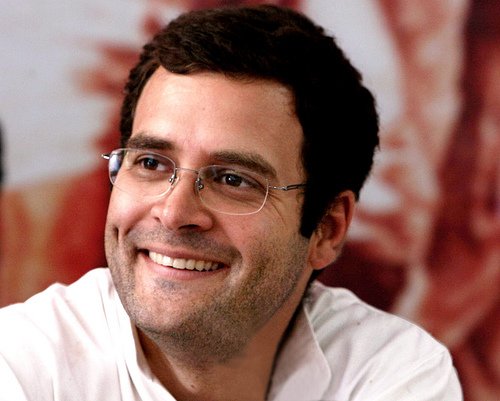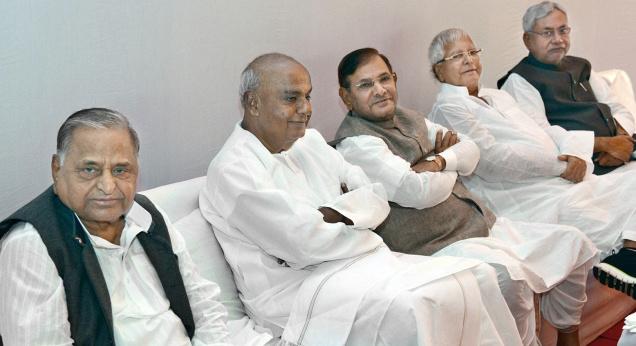
On April 7, 2015, the union cabinet cleared the Real Estate (Regulation and Development) Bill. The Bill essentially mandates that every state needs to set up a Real Estate Regulatory Authority (RERA), to protect consumer interests.
Every commercial as well as residential real estate project needs to be compulsorily registered with the RERA of the concerned state. Real estate companies need to file project details, design and specifications, with the concerned RERA. They need to put up details concerning the approvals from various authorities regarding the project, the design and the layout of the project, the brokers selling the project etc., on the RERA’s website.
Consumers will be able to check these details on the website of the real estate regulator. Further, only once a project is registered with the RERA will it be allowed to be sold. Also, like is the case currently, a real estate company will not be able to go about arbitrarily changing the design of the project midway through the project. In order to do this the company will need approval of two thirds of the buyers.
If the real estate company makes incorrect disclosures or does not follow what it has stated at the time of filing the project with the RERA, it will have to pay a penalty. There are other provisions also that seek to protect consumer interests. Real estate companies will have to clearly state the carpet area of the home/office they are trying to sell, instead of all the fancy jargons that they come up with these days. Further, the bill allows buyers to claim a refund along with interest, in case the real estate company fails to deliver.
So on paper the bill actually looks great. But there is one provision that essentially makes all these provisions meaningless in a way. The Bill requires real estate companies to compulsorily deposit half of the money raised from buyers for a particular project into a monitorable account. This money can then be spent only for the construction of that project against which the money has been raised from prospective buyers.
This is an improvement from the way things currently are. The way things currently work are—a real estate company launches a project, collects the money and then uses that money to do what it feels like. This might mean repaying debt that it has accumulated or diverting the money to complete the projects that are pending. Given this, at times there is no money left for the project against which the money has been raised. In order to get the money for that, another project will have to be launched. Meanwhile the prospective buyers are stuck.
Developers love launching new projects simply because it is the cheapest way to raise money. Money from the bank or the informal market, means paying high interest. Hence, they raise money for the first project and use it to pay off debt or the interest on it. To build homes under the first project, a second project is launched. Money from this is then used to build homes for the first project.
Now, to build homes promised under the second project, a third project is launched and so the story goes on. In the process, all the buyers get screwed and the builder manages to run a perfect Ponzi scheme. A perfect Ponzi scheme is one where money brought in by the newer investors is used to pay off older investors. In this case money brought in by the newer buyers is used to build homes for the older buyers.
The Real Estate Bill seeks to stop real estate companies from running such Ponzi schemes. As explained above, half the money raised for a particular project needs to be deposited in a monitorable bank account and be spent on the project against which the money has been raised.
The thing is when the Bill was first presented in the Parliament in 2013, the real estate companies had to deposit 70% of the money raised against a particular project in a monitorable account and spend that money on that particular project.
Between then and now the real estate lobby has been able to dilute the 70% level to 50%. What this means that the real estate companies can still use 50% of the money raised against a particular project for other things. And this will essentially ensure that the real estate Ponzi scheme will continue.
Real estate companies will continue to launch new projects to raise money and use half of that money for things other than building the project for which they have raised the money for.
Also, this provision will allow the real estate companies to continue to hold on to their existing inventory and not sell it off at lower prices in order to pay off their debt, given that they can continue to raise money by launching a new project.
The question to ask here is why should a ‘new’ regulation allow money being raised for a particular project to be diverted to other things? It goes totally against the prospective buyers who are handing over their hard earned money(or taking on a big home loan) to the real estate company, in the hope of living in their own home.
A possible answer lies in the fact that if the government had regulated that the money raised for a project should used to build that project, it would have closed an easy way that the real estate companies have of raising money. This would have ultimately led to real estate prices coming down. And any crash in real estate prices would have hurt politicians who run this country, given that their ill-gotten wealth is stashed in real estate.
(Vivek Kaul is the author of Easy Money. He tweets @kaul_vivek)
The column originally appeared on Firstpost on Apr 21, 2015



